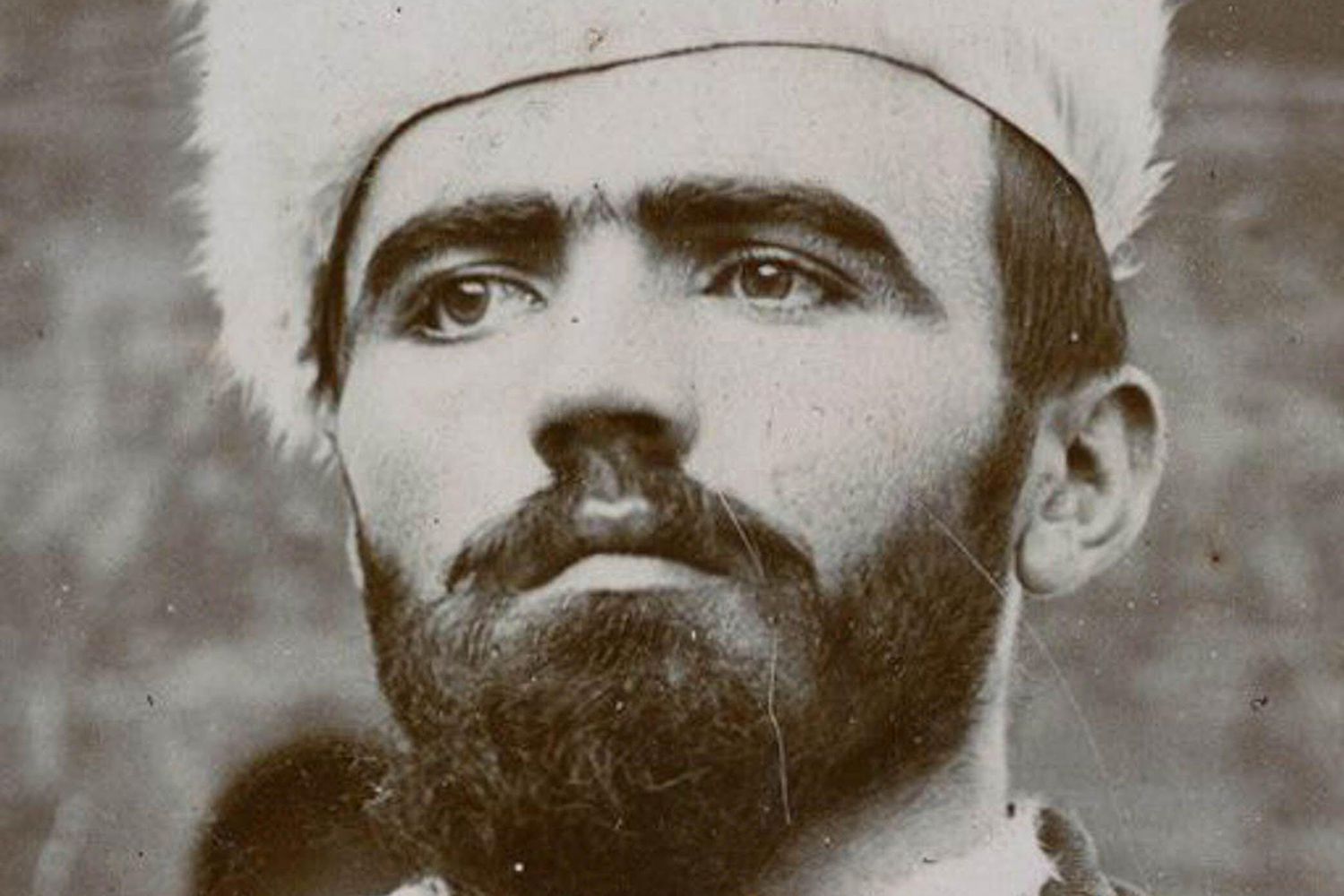Physical Address
304 North Cardinal St.
Dorchester Center, MA 02124
Physical Address
304 North Cardinal St.
Dorchester Center, MA 02124

:max_bytes(150000):strip_icc():format(jpeg)/Joseph-Vacher-the-french-ripper-051525-1-22d8136fae4642c192ec4086bc1b254f.jpg)
Few know the name Joseph Vacher – although his crime, they surpassed the world’s most notorious serial murder. Even Jack the Ripper – to which Vacher is often compared – was linked to fewer than half of the murders which his French counterpart later acknowledged before he was executed in 1898.
But Vacher’s case – which left his mark not only on folklore but also in the field of forensic science – is rarely mentioned in conversations about history’s most notorious serial order.
“I think the reason he disappeared in ambiguity, while the name of Jack The Ripper continues to live, is that Jack was never caught,” mentioned Author Douglas Starr, whose book 2010 on Vacher and birth of forensic science, The murderer of little shepherdsOnce, him led him on a step-by-step tour in the murderer’s life in France.
Jack the Ripper “hoisted the authorities during his killing spree, but no closing was ever brought to his story,” says Starr.
“Until today, with a few years, someone comes with a theory of who Jack The Ripper may have been,” adds the author, “The case of Vacher was open and closed – there was never any question about who committed the murders – even if no one has ever been able to understand why.”
APIC/Getty
Many have struggled to understand Vacher’s murder. After his execution – via guillotine – in December 1898, New York Times reported That Vacher’s defense lawyers claimed that his “murderous mania” was perhaps a result of being bitten by a rabid dog when he was a child.
Others pointed at a failed relationship, according to Times. Loveorn, Vacher shot himself twice in the head after trying to kill the woman who rejected his concept. Both survived and Vacher’s face was permanently disfigured, says Starr in his book, which is based on an exhaustive review of historical documents, interviews and research.
Some texts suggest that Vacher’s desiguration from Skytte led to him being mocked or stared at publicly, which caused him to develop a hatred of others. “I am an anarchist and I am against society,” admitted Vacher during his trial in 1898, according to Times.
Do you want to keep up with the latest crime coverage? Register People’s free real crime news letter To break crime news, ongoing trial coverage and details of exciting unresolved cases.
Alamy Stock Photo
The story of “The French Ripper”, which Vacher became known, made international headlines after he was caught and tried to kill an agricultural worker before her husband and a group of neighbors fought him and kept him caught until the police arrived. Vacher was a series of rapists, who attacked his victims before and after he lent them, according to The Dauphinthat looked back on the 19th century murder case in a 2022 Crime and mystery Podcast Episode.
Vacher eventually acknowledged having killed at least 11 people throughout the French countryside, often pursuing his victims in agricultural fields, which led to Starr’s description of him as “the murderer of small shepherds.” But French trial register Show Vacher was accused of murdering more than 50 people throughout his three -year spree. The victims he admitted that he killed varied between 12 and 68 years, while accused of attacking children as small as 7. His victims included men, women and children.
“Vacher was not just evil,” says Starr, the author. “He was a man consumed by pain and self -pity, capable of raising suffering, but also unthinkable crimes.”